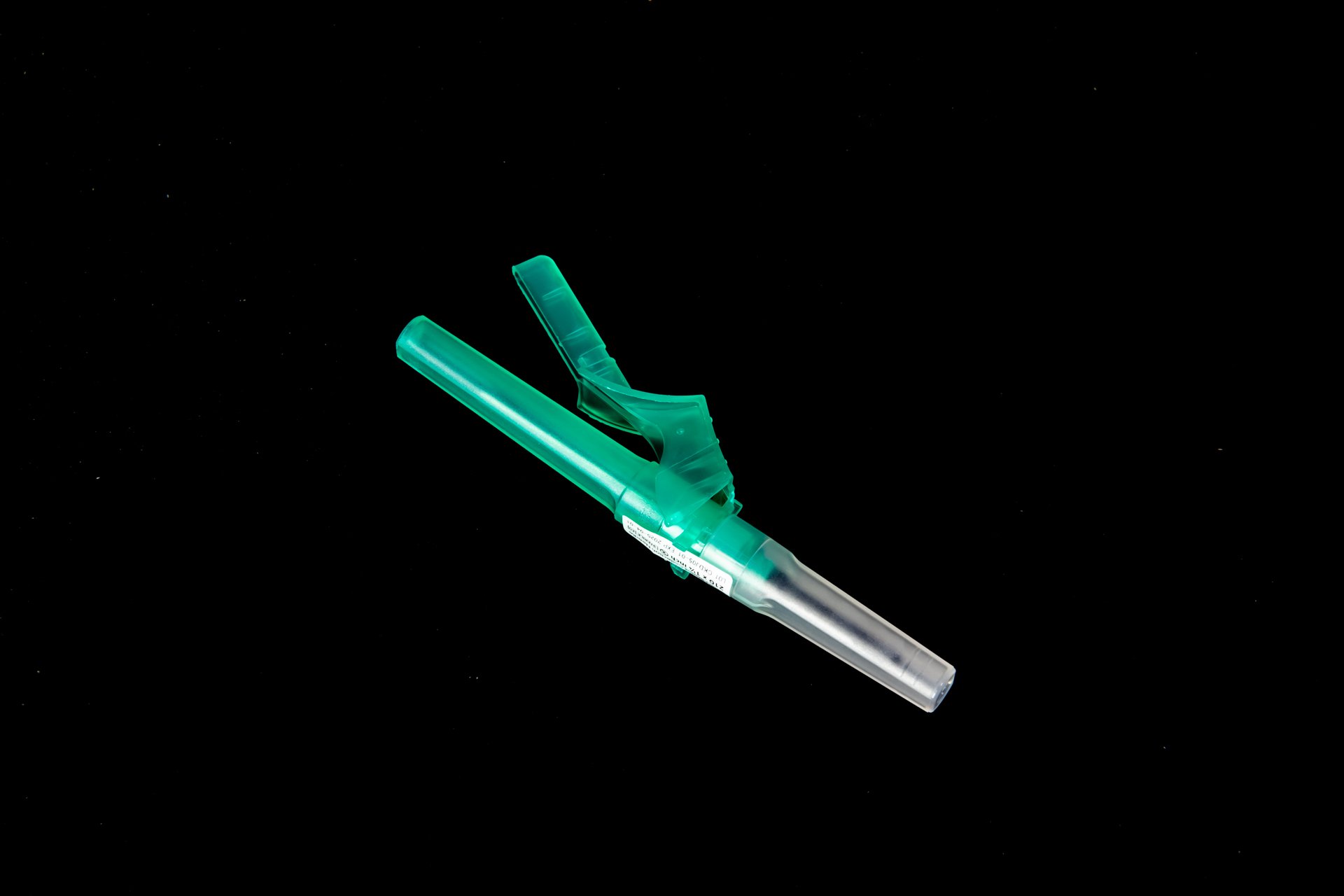Importance Of Phlebotomy Needle Size Chart
Have you ever wondered why phlebotomists use different needle sizes when drawing blood? It's not just a random choice - the size of the needle actually plays a crucial role in the blood drawing process. In this article, we will discuss the importance of a phlebotomy needle size chart and why it is essential for every phlebotomist to understand.
The Significance of Phlebotomy Needle Size
One of the most crucial tools that a phlebotomist uses is the needle. The size of the needle can greatly affect the blood drawing process, as well as the overall experience for the patient. The choice of needle size depends on various factors, including the patient's age, vein size, and the type of blood test being performed.
Using the correct needle size is essential for a successful blood draw. If the needle is too small, it can cause pain and discomfort for the patient, as well as difficulty in obtaining an adequate blood sample. On the other hand, if the needle is too large, it can cause unnecessary trauma to the vein and increase the risk of complications such as hematoma or nerve damage.
The Importance of a Phlebotomy Needle Size Chart
A phlebotomy needle size chart is a handy tool that provides guidance on the appropriate needle size to use for different types of blood draws. It helps phlebotomists select the right size needle based on the patient's age, vein size, and the type of blood test being performed. Having a needle size chart on hand can save time and ensure a smooth blood drawing process.
Factors to Consider When Choosing a Needle Size
Patient's Age: Infants and children typically require smaller gauge needles due to their smaller veins.
Vein Size: The size of the patient's veins can vary, so it is important to select a needle size that is appropriate for the vein size.
Type of Blood Test: Different blood tests require different amounts of blood, so the needle size should be selected accordingly.
Benefits of Using a Phlebotomy Needle Size Chart
There are several benefits to using a phlebotomy needle size chart, including:
Ensuring Patient Comfort: Using the correct needle size can help minimize pain and discomfort for the patient during the blood drawing process.
Optimizing Blood Collection: The right needle size can help phlebotomists obtain an adequate blood sample for testing without having to make multiple attempts.
Reducing Complications: Using the appropriate needle size can help prevent complications such as hematoma, nerve damage, and infection.
Where to Find a Phlebotomy Needle Size Chart
There are many resources available online where phlebotomists can find a needle size chart. One useful reference is the American Red Cross website, which provides information on blood donation guidelines and procedures. Another useful resource is the World Health Organization, which offers guidelines on blood safety and availability.
In Conclusion
Understanding the importance of a phlebotomy needle size chart is essential for every phlebotomist. By using the correct needle size, phlebotomists can ensure patient comfort, optimize blood collection, and reduce the risk of complications. Having a needle size chart on hand can help phlebotomists make informed decisions and provide the best possible care for their patients.
Disclaimer: The content provided on this blog is for informational purposes only, reflecting the personal opinions and insights of the author(s) on phlebotomy practices and healthcare. The information provided should not be used for diagnosing or treating a health problem or disease, and those seeking personal medical advice should consult with a licensed physician. Always seek the advice of your doctor or other qualified health provider regarding a medical condition. Never disregard professional medical advice or delay in seeking it because of something you have read on this website. If you think you may have a medical emergency, call 911 or go to the nearest emergency room immediately. No physician-patient relationship is created by this web site or its use. No contributors to this web site make any representations, express or implied, with respect to the information provided herein or to its use. While we strive to share accurate and up-to-date information, we cannot guarantee the completeness, reliability, or accuracy of the content. The blog may also include links to external websites and resources for the convenience of our readers. Please note that linking to other sites does not imply endorsement of their content, practices, or services by us. Readers should use their discretion and judgment while exploring any external links and resources mentioned on this blog.



